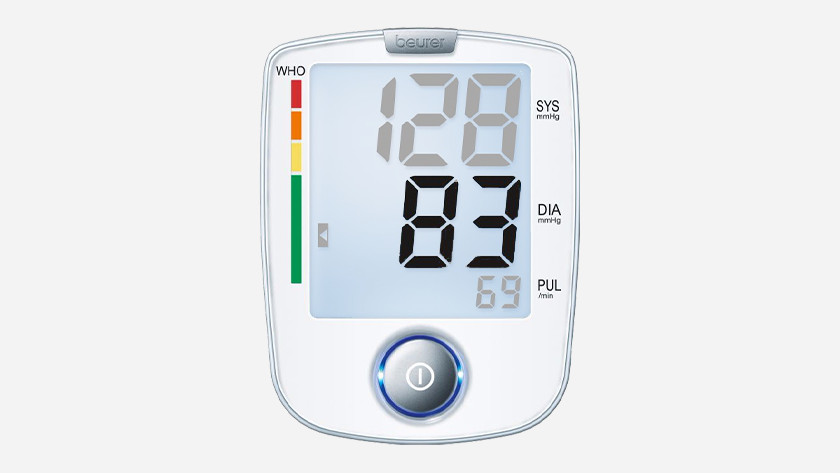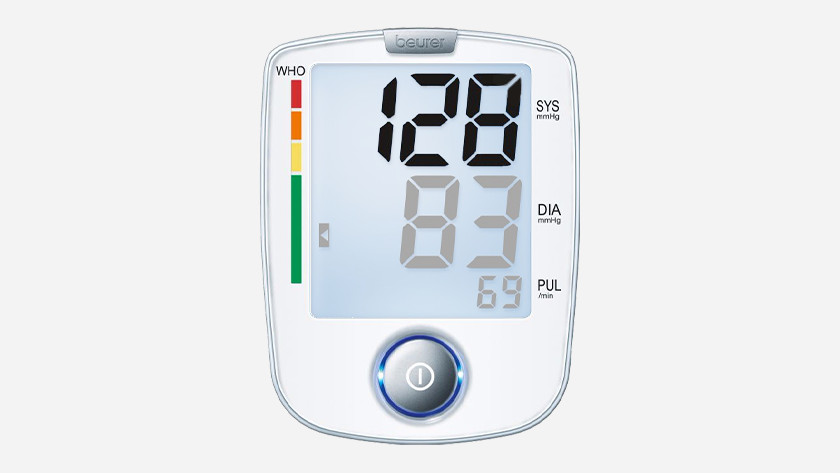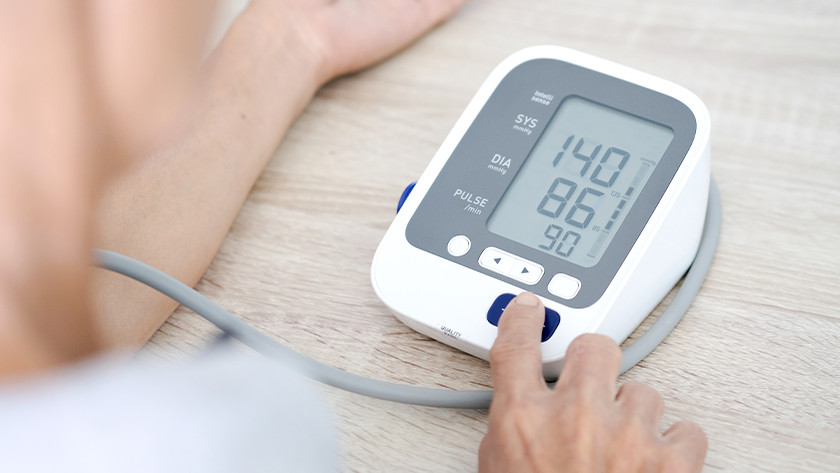
What's upper and lower pressure?

What's diastolic pressure?
The diastolic pressure is expressed in mmHg and it's the lowest number you see during your reading. The diastolic pressure shows how high the pressure is in your arteries when your heart relaxes. For an adult, the average regular diastolic pressure lies between 60 and 90 mmHg.

What's systolic pressure?
Systolic pressure is expressed in mmHg and it's the highest number you see during your reading. The systolic pressure shows how high the pressure is in your arteries and your heart contracts. The average systolic pressure lies between the 120 and 140 mmHg for an adult.

Diastolic pressure too high
If you have a high diastolic pressure, mostly the small arteries are under pressure. If your systolic pressure it too high, it's often due to a slow thyroid, or it's genetic. A high diastolic pressure is most common in young overweight adults. People with a high diastolic pressure have a higher risk of a heart attack, stroke, or other cardiovascular disease. That's why you should keep track of your blood pressure with a blood pressure monitor and contact your doctor when in doubt.

Diastolic pressure too low
It's uncommon for the diastolic pressure to be too low. If your diastolic pressure is too low and your systolic pressure is at a healthy level, you aren't at a higher risk of health issues. When a low diastolic pressure is paired with a low systolic pressure, you might have issues like dizziness. In this case, it's also smart to contact your doctor when in doubt.

Systolic pressure too high
A high systolic pressure is also called hypertension. About 1 in 4 Dutch people suffers from this. If your systolic pressure is too high, the jugular arteries are under pressure, so they can't transport oxygen to other organs well. This results in health risks, like a higher risk of a heart attack, a stroke, or dementia. If you measure a high systolic pressure once, you're not at risk right away. It's smart to regularly measure your blood pressure, so you notice a continuously high systolic pressure right away. In that case, always contact your doctor.

Systolic pressure too low
A low systolic pressure is often innocent and results in few health risks. If your systolic pressure is low for a longer period, you might suffer from dizziness. Your systolic pressure also temporarily drops when your stand up fast, or if it's hot. Many people have to stand still a few seconds for the dizziness to disappear. Even though a systolic pressure isn't very dangerous, it's smart to visit the doctor if you faint or regularly suffer from heavy dizziness.



